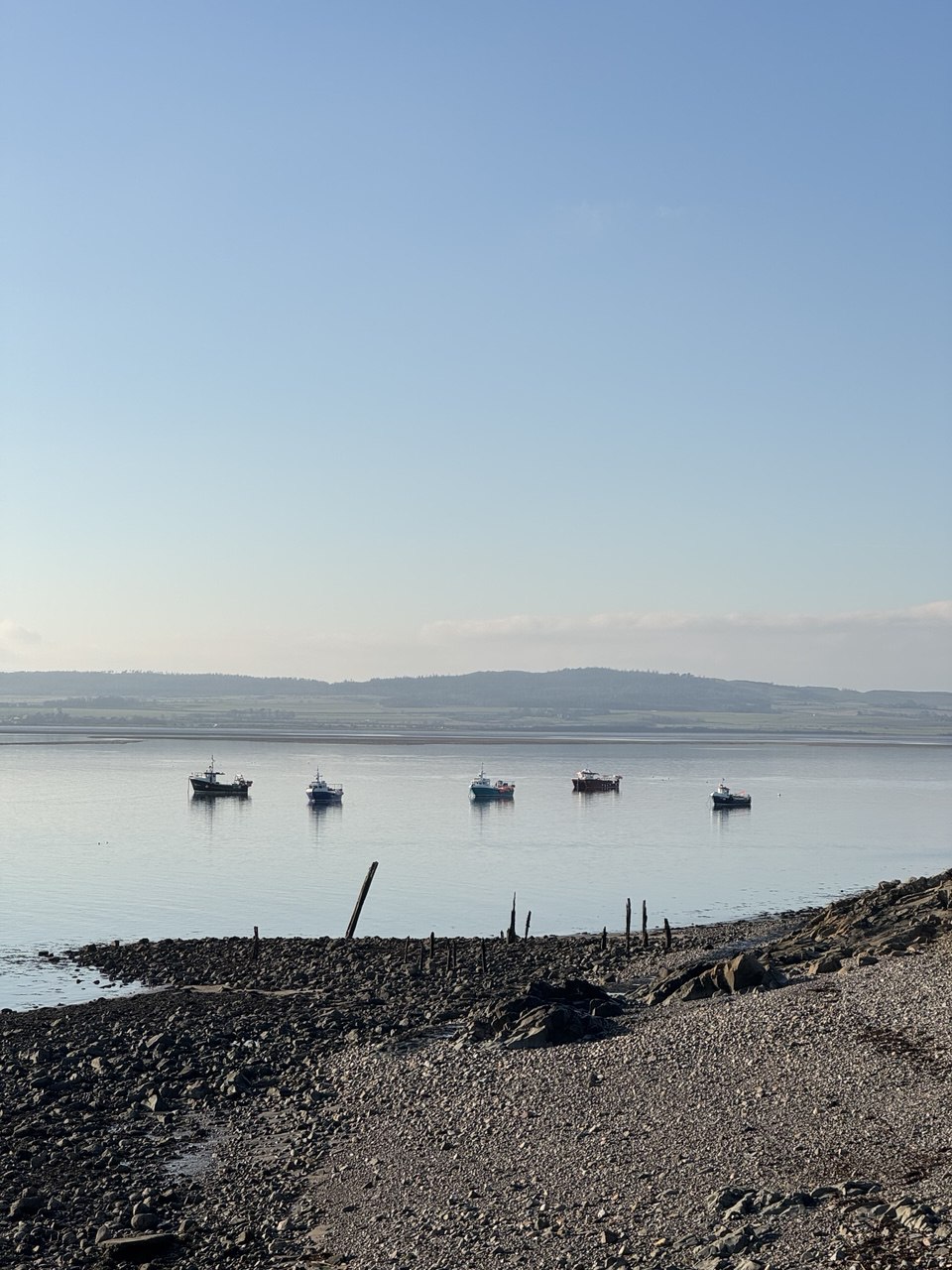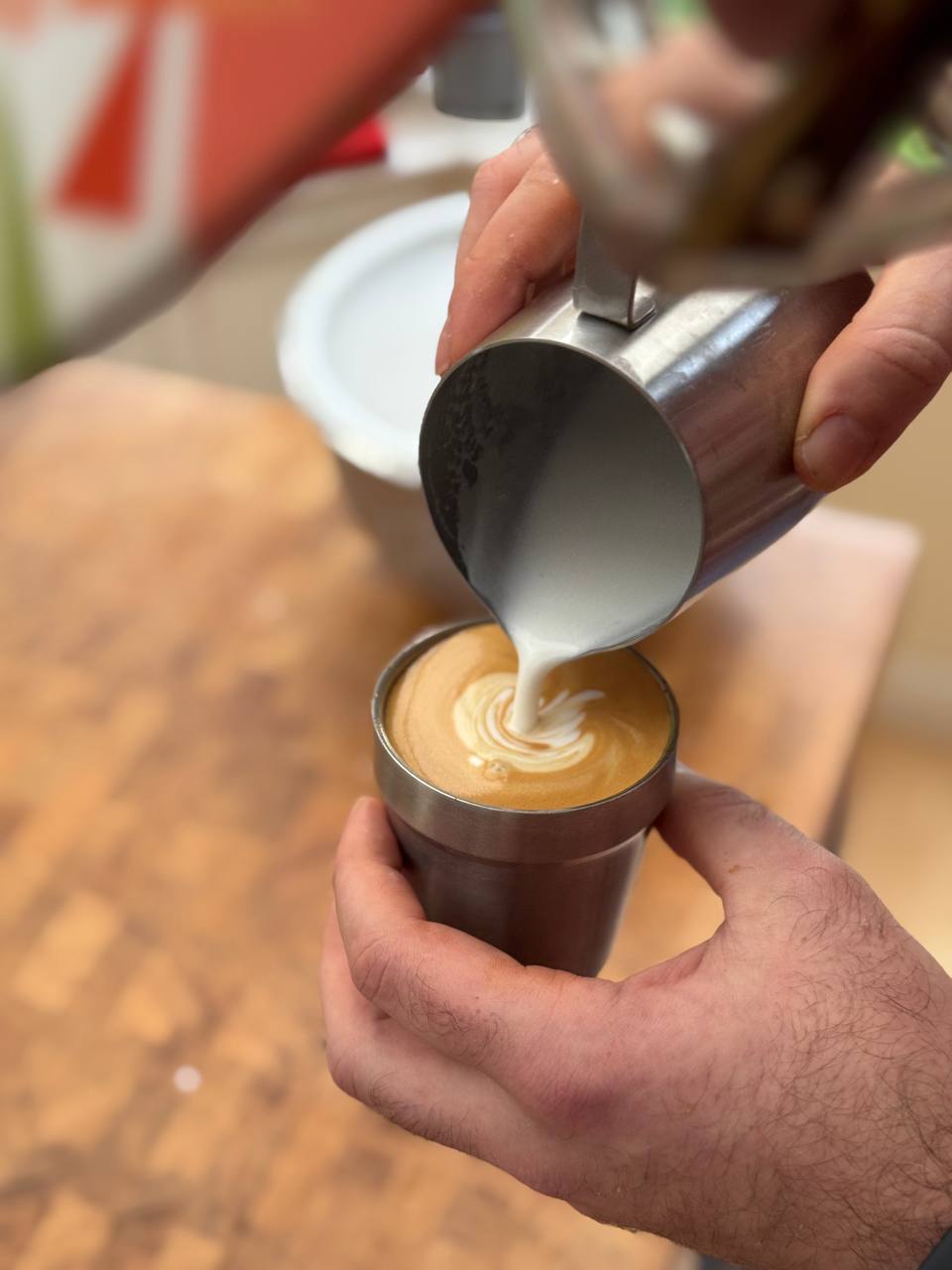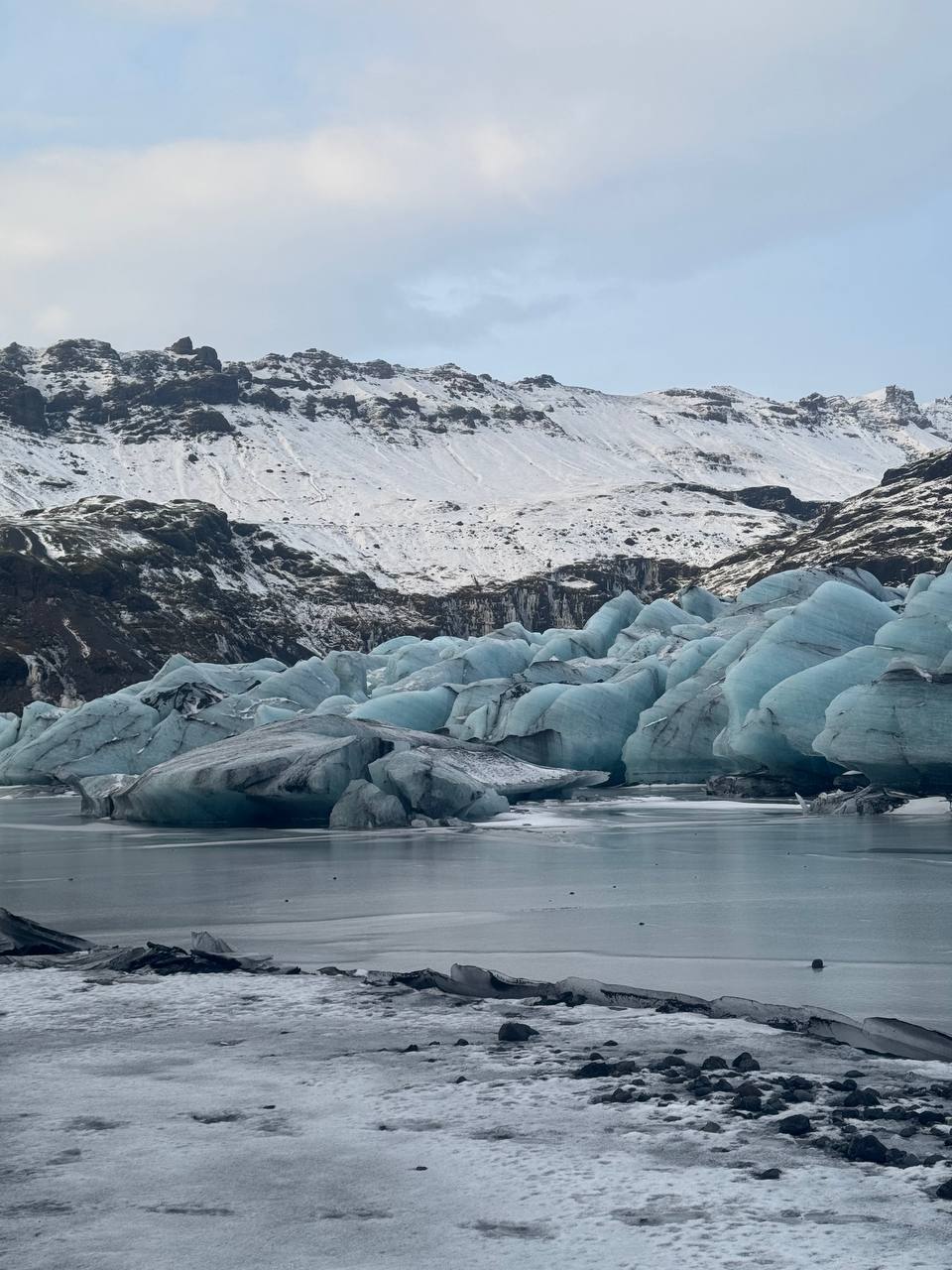|
Your weekly crème de la crème of the Internet is here!
24.12.2024 (read in browser)
This is the free monthly edition of the newsletter. If you want to receive every weekly edition, plus access the full archive of both free and paid newsletters, subscribe here.
In case you missed it, the last three paid editions included:
-
#229, which didn't happen because I was en route to Iceland.
-
#230 on Iceland, where I travel to the land of geysers and back, eat raw whale, fermented shark and sheep's head, and already want to go back.
-
#231 on too much coffee, where I taste the same beans decaffeinated in three different ways, look into Madeleines origins, and think about cozy murder mysteries.
Don't miss out on future newsletters – upgrade now to get access to all of them.
On festive season
Christmas in the UK is a home celebration – most people travel around trying to pay a visit to their whole extended families, pay respects in the form of gifts, and most likely start a fight or two talking politics or religion. Essentially, everything the Americans love and do during the Thanksgiving, but a month later.
That being said, I am lucky enough to kick this festive season off with dear friends in a cottage 25 miles from the Anglo-Scottish border, so this edition comes in its trimmed "travel-friendly" version.
Happy holidays!
It might be an odd time and definitely the off-season, but the Europe's largest wave pool, conveniently opened a few miles away from Edinburgh, is buzzing:
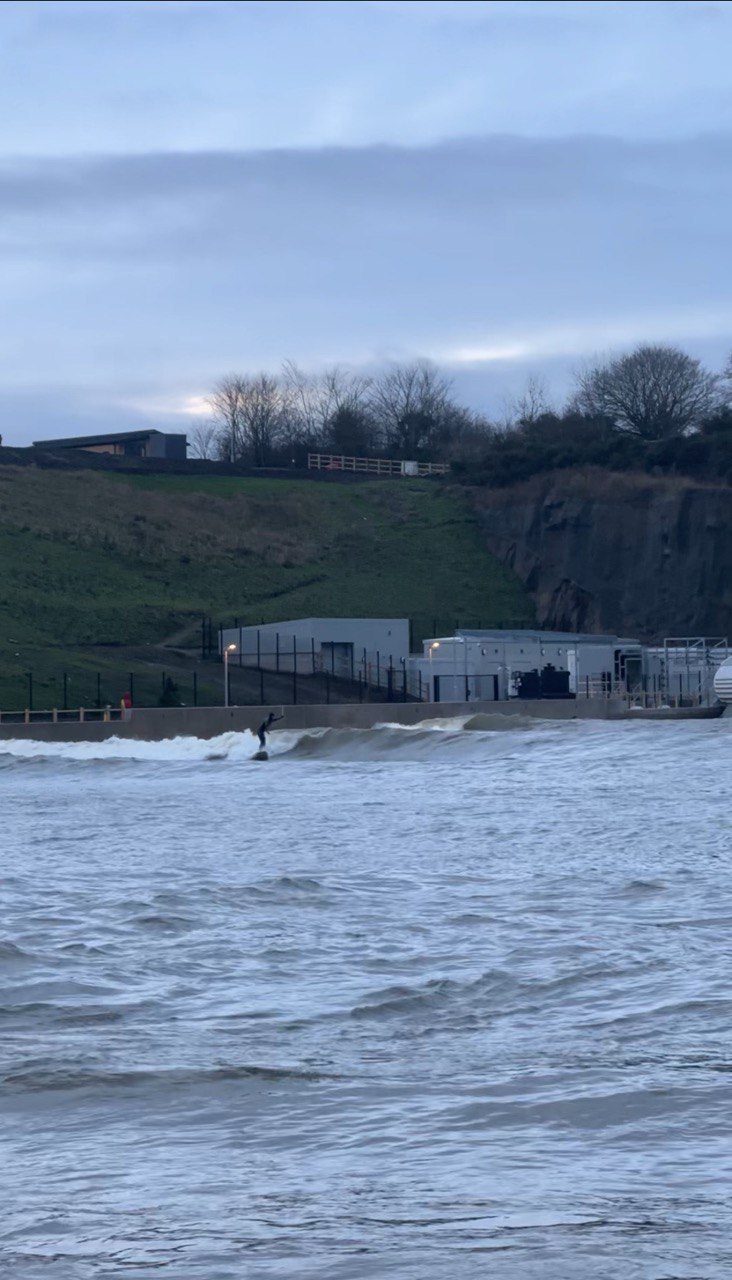
We've stopped to have a look and plan a proper surfing visit, but even though it just opened and certain facilities could be more polished, it is rather impressive. It's pretty cool how waves come in sets, then turn off so people could come back to the lineup, and then start again – must be way more efficient than paddling in for twenty minutes.
There are also rental huts, shops, a sauna, and plenty of cafes including an outdoor fire with marshmallow and hot chocolate:

They also have an event space, which sometimes turns into a dining room, but for the rest of December became a hidden cinema. The entrance is through what looks like a wardrobe, which sounds cool but seems a bit out of place in an otherwise modern hall.
I can't complain about the atmosphere though:
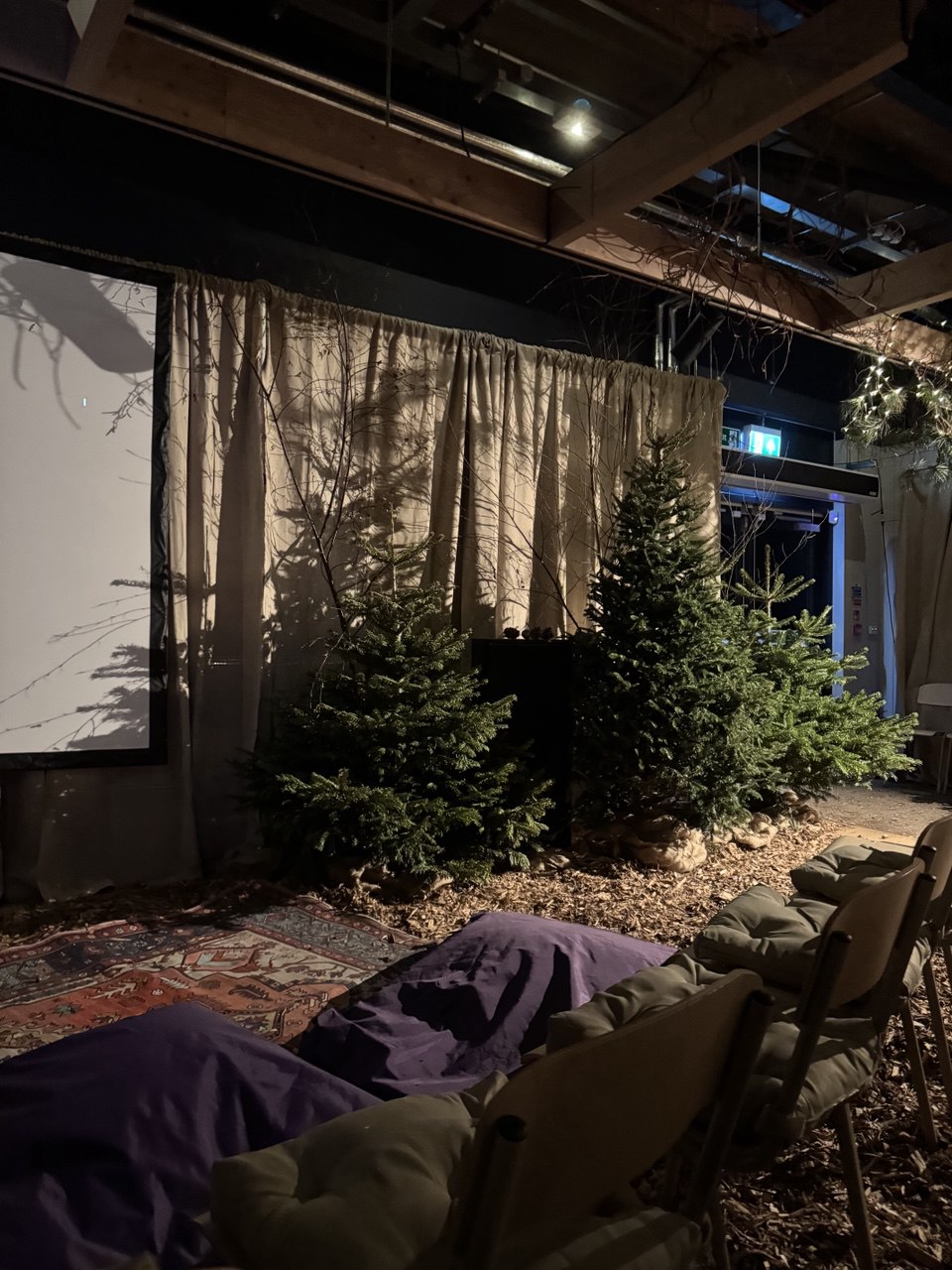
We've watched Elf, which I pretty much forgot, and probably won't watch again for another decade, but it's a rather efficient way to boost the festive spirit while Scottish weather seems to be in its Spring mode.
Things I enjoyed reading
I have my doubts about chatbots being used for research, business, or coding – they just never quite work for me, except when it comes to proofreading emails to insurance lawyers, where they truly excel. However, I find emotional chatbots, AI companions of all sorts, to be "the next big thing." If I were to switch fields today, that’s where I’d look for my next adventure:
Language models have no fixed identity but can enact an infinite number of them. This makes them ideal technologies for roleplay and fantasy. But any given persona is a flimsy construct. Like a game of improv with a partner who can’t remember their role, the companion’s personality can drift as the model goes on predicting the next line of dialogue based on the preceding conversation. And when companies update their models, personalities transform in ways that can be profoundly confusing to users immersed in the fantasy and attuned to their companion’s subtle sense of humor or particular way of speaking.
There’s definitely a lack of hardware to supplement the software – people will eventually get used to the quality of conversations, but they’ll still lack ways to bring their virtual companions into the real world. That’s another area where I expect to see significant progress in the coming years.
What a time to be alive!
I am pretty sure the DVD boom era both happened earlier in the West, and also probably felt more... special. There were a few years when Internet traffic was too expensive (we've paid per megabyte) to download things, and people weren't brave enough to pirate them, but eventually local networks and street markets took over. You could drive to a square and buy some freshly released DVDs in custom-made boxes at the same place where people bought pickles and clothes.
The early DVD age also ushered in a surprising ripple of creativity, both on the discs and the boxes they came in. Designers came up with nifty animated menus; certain releases of The Evil Dead were housed in a rubbery, faux-flesh Book of the Dead box. Goodness knows how much the latter cost to produce; whoever conceived it, sculpted it and produced it, we offer our lasting gratitude.
Those boxes often came with booklets (a special mention to the slim volume packaged with the initial release of Fight Club which contained quotes from its most excoriating reviews), postcards and other ephemera. An Anchor Bay release of Michael Mann’s 1986 thriller Manhunter contained a booklet styled to look like an FBI case folder, right down to the red ‘CONFIDENTIAL’ stamp on the front.
I am still very fond of bootlegging movies, mainly because there is something exciting about being a pirate, but there is not much point in lurking on torrents and hiding behind a VPN unless you could get the experience similar to Netflix, with recommendations, subtitles, proper tags, and so on. It's a shame DVD stores are not much of a thing anymore though.
In the past six months we drove around 4500 km in our convertible, but camping in it felt a bit extreme. You can put the roof down, but not the seats, and the luggage space is restricted to a few backpacks, maybe another cheeky bag on top of them, and a toolbox with a spare. But some people manage to camp in their Miatas, which are even smaller, so I might think about it again come summer:
Much better to segment the packing so now I use small collapsible sports bags. One contains everything I need for the first night. So if I arrive in darkness or bad weather I don't have to root around to find what I need. I think it through chronologically, tent, mattress and sleeping bag are stuffed behind the seats so I can reach them first. Then the essentials – torch, pyjamas, squashable feather down rubber sole slippers (easy to throw on and off for dark chilly bathroom trips) toothpaste, toothbrush, biodegradable wet wipes and a bottle of water all go in my first night grab bag.
All the other bags are in general categories – toiletries in one, electronics in another, stove/cooking utensils, clothes, miscellany (extra pegs, duck tape, bungies – I never leave home without duct tape and bungie cords, officer) each have their own bag and it has easily halved my rummaging time.
I am writing this in pretty much the middle of Scottish nowhere, but I also brought my duct tape (and wire cutters, and jump starting kit). Next time I should take a tent to Glencoe or something like that.
I tried to start a business ones: I was taking a Digital Entrepreneurship course at Stanford, ages ago, when Coursera and other platforms were only gaining their popularity, and our final project was meant to be a kick-started business. I quickly gathered a team of fellow students, made a few decks, pitched a revolutionary mobile app meant to change the world of finding food around you, and even passed the course with distinction, but also realised how stressful starting a business is and decided not to do that ever again.
I support him fully now. I want him to succeed in what makes him happy. More importantly, I want him to feel satisfied knowing he tried something new. We can’t know if we’ll succeed or fail in business, but having the curiosity to try new things is what makes life interesting. I might not have his energy when I’m 60, but I’m proud that my father does.
Well maybe when I am 60 I should reconsider it too.
I don't remember eating mango throughout my teen years – or at least until I went to India. I did have a plenty of mango-flavoured things though, but that wasn't really the same. Indian mangoes were soft, pointy and bright yellow, and then it took me another few years to figure out that large and mostly green mangoes won't ripen and shrink if you wait – it's just a different variety.
Finally—and let me warn you, the very suggestion of this is controversial—there is a possibility that some mangos are not mangos at all. Within the Mangifera genus, there are a few species that very closely resemble mango. It is entirely possible that the mango we think we know is, in fact, the descendent of two distinct, closely related species that were domesticated in India and Southeast Asia separately. Although Indian and Southeast Asian cultivars can interbreed, this is not unusual for closely related tree species. While the idea that mango is two distinct species may seem unbelievable, botanists have proposed it in the past as a way to reconcile the two distinct cultivar types, and recent genetic analysis indicates it could actually be the correct answer.
I think these days I shifted back to just eating mango-flavoured stuff – in general it's just less messy and I am too lazy for real fruits.
Things I didn't know last Tuesday
There is a Russian saying to take one's own samovar to Tula, meaning to do something pointless, as Tula was (is?) famous for its samovar manufacturing. Now I know the English alternative:
Selling, carrying, bringing, or taking coal(s) to Newcastle is an idiom of British origin describing a pointless action. It refers to the fact that, historically, the economy of Newcastle upon Tyne in north-eastern England was heavily dependent on the distribution and sale of coal and therefore any attempt to sell coal to Newcastle would be foolhardy as supply would be greater there than anywhere else in Britain.
What's interesting is there are two Newcastles in the UK – in England and in Wales, but both relied heavily on coal distribution, so the saying works nonetheless.
Those weird rotating circles from old books have a name (of course they do):
A volvelle or wheel chart is a type of slide chart, a paper construction with rotating parts. It is considered an early example of a paper analog computer.

I do find the claim to be a paper analog computer a bit over the top though.
I have a lot to say about these pastries besides their name, for one they look like sandwiches I had in my childhood (rye bread and bologna), but also I like how Dutch didn't bat an eye and called them "little Mussolinis" just because they're sold in Italian gelaterias:
A roze koek ("pink cake") is a Dutch pastry. It consists of a round, flat, dense cake with a layer of pink fondant icing, similar to black and white cookies.
In the city of Amsterdam and in Belgium, the cakes are sometimes referred to as moesselientjes ("little Mussolinis"); this name, which is the Dutch adaptation of Benito Mussolini's name, is rooted in the cake's tradition of being sold in Italian ice-cream parlours in Amsterdam prior to the Second World War.

I am not sure if there is an established Russian translation for these, but from now on I am calling them "муссолинчики" (mussolinchiki).
This is an interesting observation:
He said: “You very rarely get more than four people in a conversation. In the normal run of things, when a fifth person joins a group, it’ll become two conversations within about 20 seconds.” Alternatively, a “lecture” situation develops in which one person holds court and the others act as an audience.
It does match with my personal experience most of the time, but the author of the paper follows with assuming that four is the perfect amount for a conversation, which probably needs more research.
Not sure why people bother with fishing rods when previous generations left these fully functional fish traps that are meant to work almost every day:
These fish traps are constructed in such a way that they form pools of varying size in the intertidal zone. They operate on the principle that at high tide during new-moon (i.e. dark-moon) spring tides, fish swim over the walls to feed. As the water recedes with the turn of the tide, the fish get trapped in the enclosure. It is then an easy matter to remove the fish from the almost dry trap.
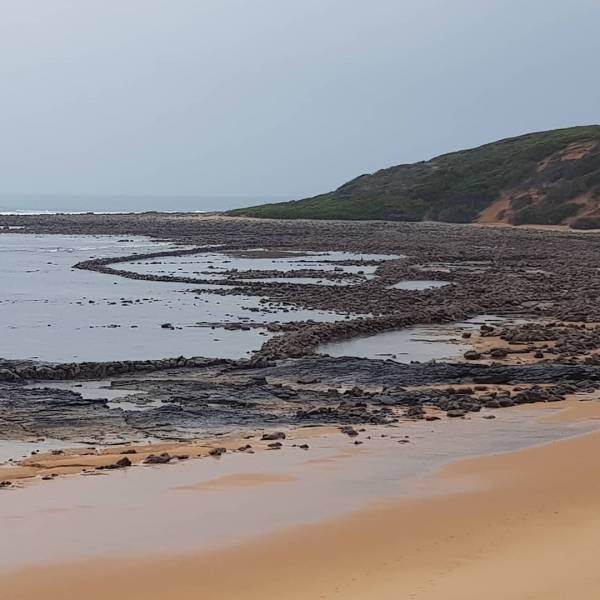
There are even maps of Scottish fish traps – sometimes stretched for kilometers alongside the shore. Locals are probably quite happy.
Book of the week
It seems like I pretty much ran out of food-related things to read, at least until the end of the year, so I am slowly getting through an odd list of recommendations I built this year, mainly based on random Reddit posts and literary awards.
And it's good there are numerous literary awards as I wouldn't pick Holly Gramazio's The Husbands otherwise:
It's good, though. This is the life she would design if she was drunk and trying to think through the best possible version of who she could be. Exercise every morning and some evenings too, knowing what to do with root vegetables, spending a lot of time with her niece and nephew, staying in better touch with her mum, this is stuff she's sure she's written on intentional lists in the past, and now she's doing it.
They go to an Albariño tasting night at the wine shop near Rob and Elena’s, and she worries that she’s going to have to have wine opinions, but Michael is happy to take care of that side of it, and the rest of them get to concentrate on the drinking. It’s not unbearable like she thought it might be, either; people do say “gooseberry aroma” a few times but mostly it’s the woman who owns the wine shop being enthusiastic and excited, and people saying “Oh yeah, I can taste that actually.
It's a hilarious novel with a pretty cool plot: the protagonist wakes up to a man who claims to be her husband—and has the proof to back it up—until she realizes her attic has a magical way of creating new ones. Again and again.
The real question, of course, is when to stop and decide if this one’s the right one? And what if the next is better?
Thank you and see you in a week
(or in a month)!
If you'd like to support the newsletter, please subscribe to the weekly plan. Otherwise you will keep receiving the letters on a monthly cadence – no need to do anything to opt-in.
If you have any questions, or want to suggest a link for the next newsletter, please drop me a message on Twitter or reply to this email.
Cheers! 🍸
|






